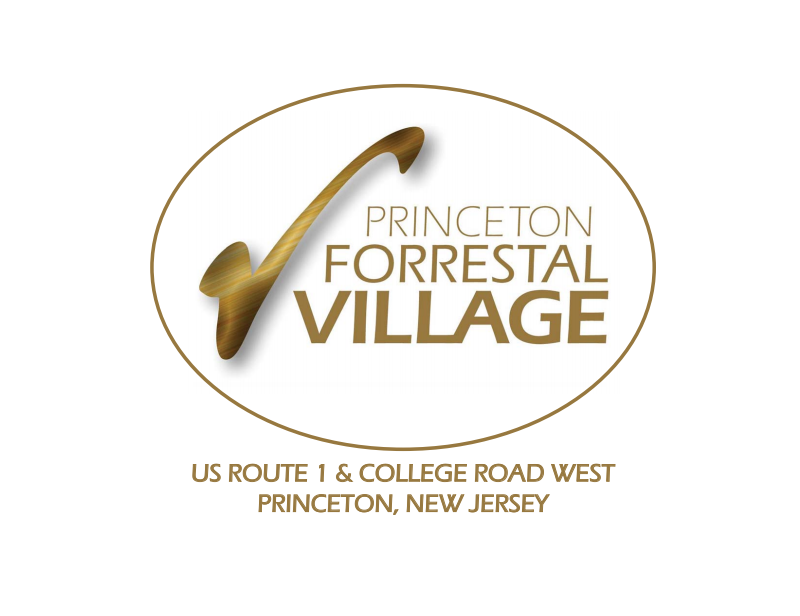 1. What is "randonneuring?"
A control is a checkpoint along a brevet course. There are several types of controls: Timed Controls: Riders need to arrive at these within a specified time limit. This time limit is clearly printed on the Brevet Card and Cue-Sheet. Typically, at these controls one can find food and beverage. Controls can be staffed with volunteers where food and beverage is provided as part of the entry fee. Or, they can be commercial establishments where food and beverage are purchased by the rider. At either type the brevet card will be filled in with the time of arrival and either signed by a volunteer or store staff. The organizer may require a cash register receipt with a time stamp instead of store staff signature. Information Controls: At this control the rider will be asked to answer a question which can be answered by looking at something in the surrounding area. No time need to be specified, only the requested information. The purpose of the control is to verify the riders passage. Typically, these are at points along the route that may otherwise be shortcut. Secret Controls: This control is exactly as named. It's location is not disclosed in advance. Volunteers position themselves in view of passing riders. There often is a sign advising riders of an upcoming secret control. The brevet card is signed by the volunteer and the rider may then continue the route. The Secret Control is also not a timed control.
The cue sheet is a list of turn by turn directions for a brevet. These are formatted in a manner which allows for reading while operating the bicycle. Typically, riders will attach the cue-sheet by various means to the handlebar or stem so it is always in plain view. Navigating is an important component of completing a brevet successfully. Why do I need a cue-sheet if I have GPS? GPS Navigation systems can be a useful tool for brevets. However, 100% reliance is not recommended. The Cue-Sheet is the official directions for the ride and should be used in conjunction with the GPS. Frequently, GPS units and related software can have glitches or actually conk out completely. Also, there is other important information on the cue-sheet such as the location of controls and road hazards. What equipment do I need for riding brevets? Details on RUSA Rules for lighting and reflective gear: For night riding, vehicles must be equipped with front and rear lights attached firmly to the vehicle. Lights must be turned on at all times during hours of darkness or other low-light conditions (rain, fog, etc.). At least one of the rear lights must be in a steady (rather than flashing) mode. All riders' lights must meet the requirements of local laws. A rider is not permitted to cycle at night or in other low-light conditions without working front and rear lights attached to the vehicle; therefore backup lighting systems and/or spare bulbs are strongly recommended in case the primary system fails and cannot be repaired on the roadside. Each rider, whether riding in a group or alone, must fully comply with this requirement. Everyone must use their lights! During hours of darkness or other low-light conditions, all riders must wear a reflective vest or some other device that clearly places reflective material on the front and back of the rider. During these times all riders will also wear a reflective ankle band around each ankle. (Due to their unusual seating position, recumbent riders may modify their reflective torso devices to show better from front and rear.) Other reflective devices on clothing, shoes, helmets, and machines are encouraged for increased safety - but they are extra and may not take the place of the minimum items listed above. Any violation of these night riding rules will result in the immediate disqualification of the rider. Should I carry food and water? Water is a must. On most brevets two water bottles are adequate. Some riders prefer a hydration pack which can usually hold larger volumes of liquid. Having some pocket food like energy bars on hand is a good idea. Although, you shouldn't need to carry a lot as there will be some food available along the way. If I am not a fast rider, will I be able to complete brevets on time? What is the RUSA and why should I care? RUSA stands for Randonneurs USA, the national organization set up to promote randonneuring in the U.S. and assist American randonneurs. RUSA issues memberships to American randonneurs, but does not organize rides. It delegates the organization of rides to Regional Brevet Administrators ("RBA") and bicycle clubs all over the country. RUSA also frequently serves as the liason between RBAs and the Audax Club Parisien. You need to join RUSA if you want to earn medals and the variety of other awards which can be earned. Also, if you wish to participate in PBP you would need to join. |
|
|

